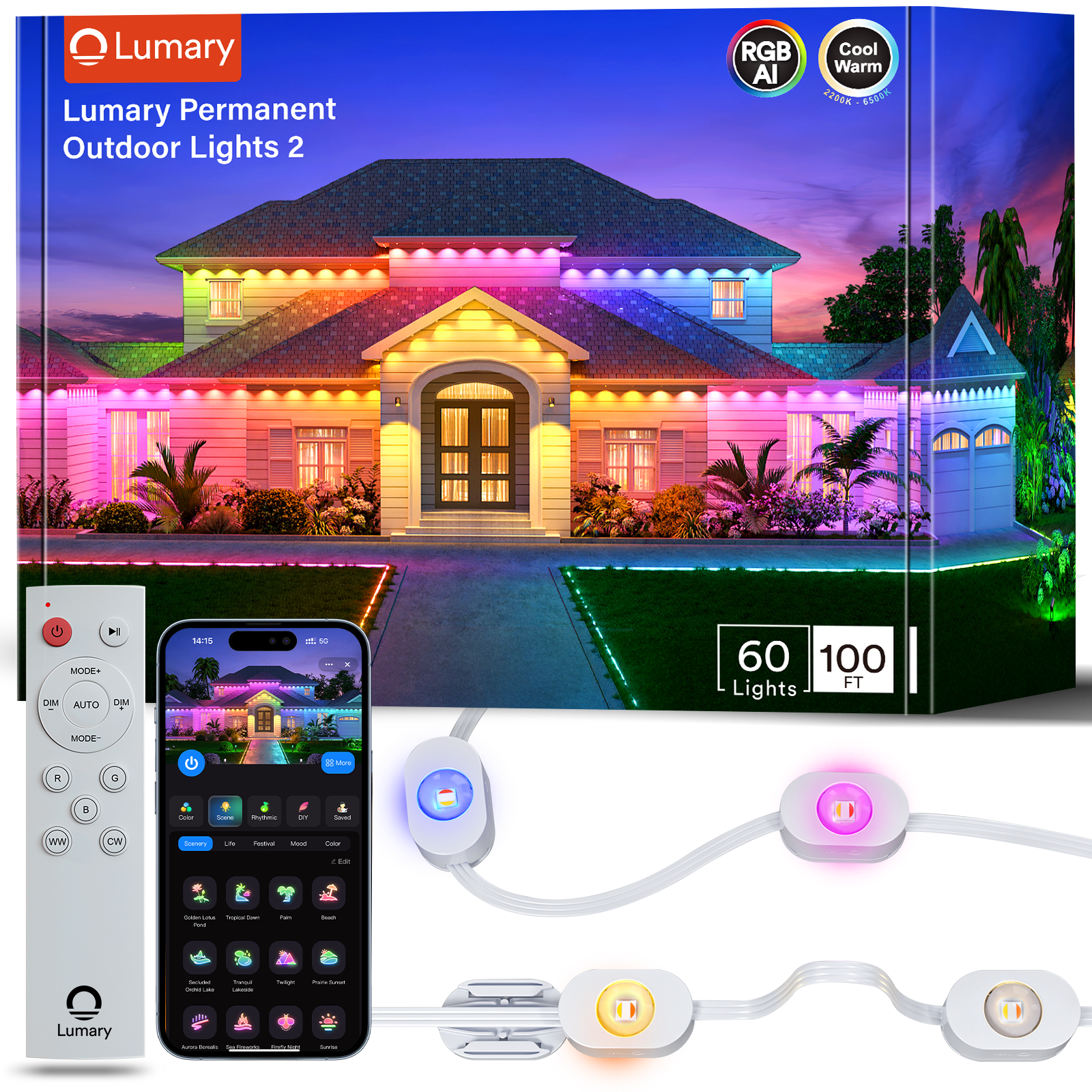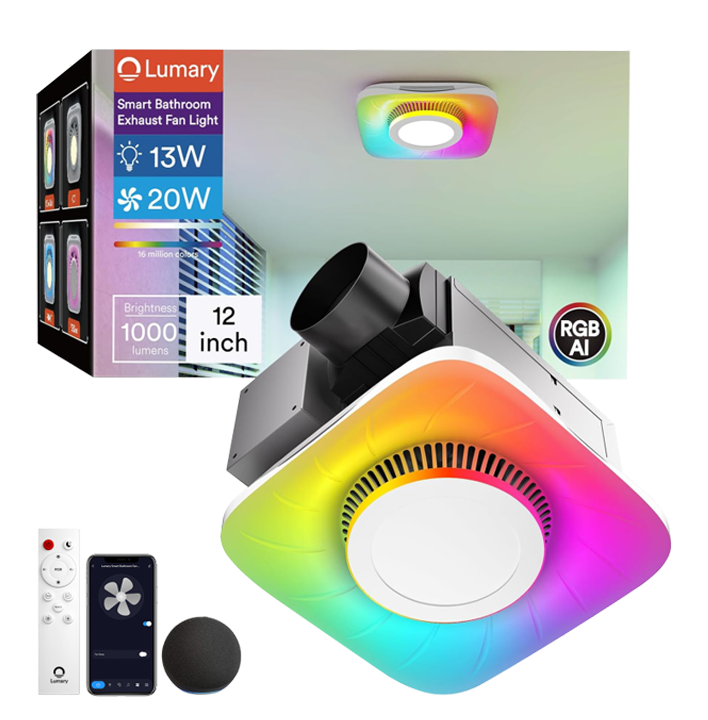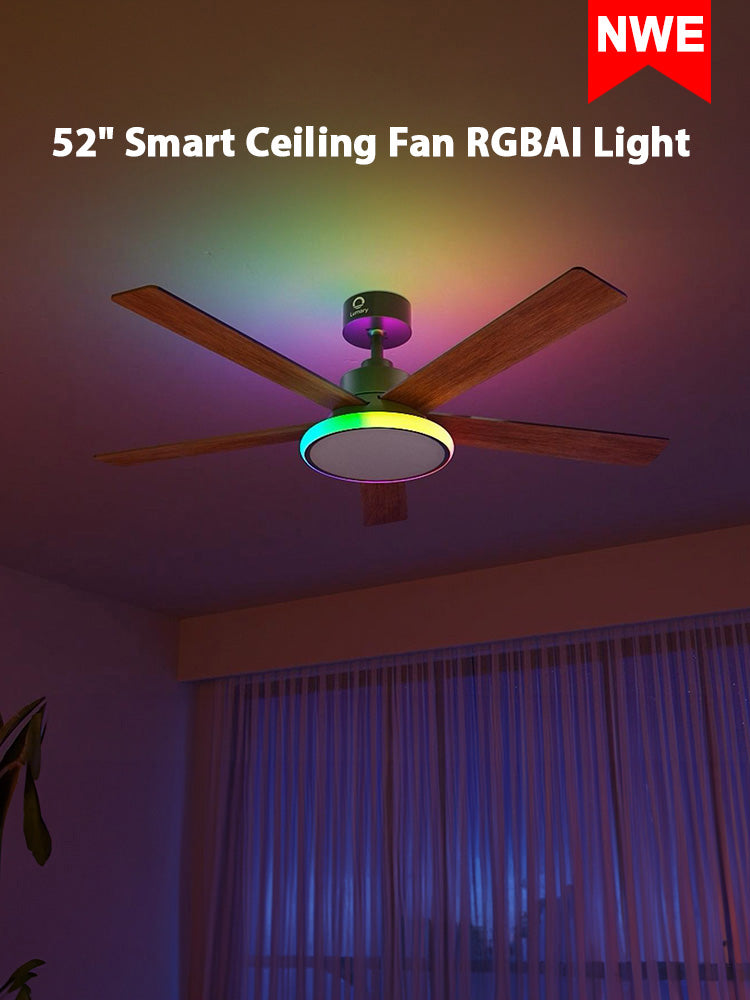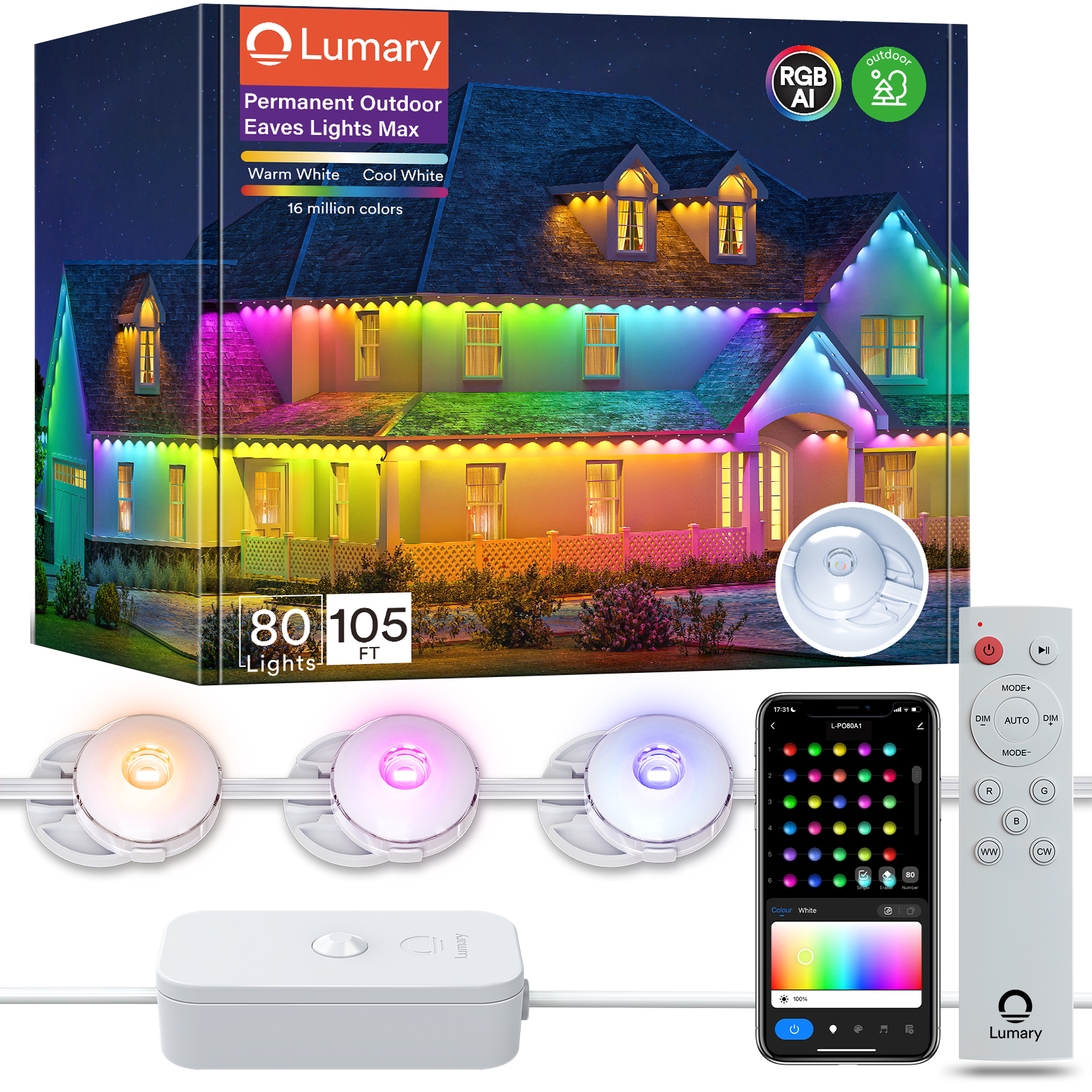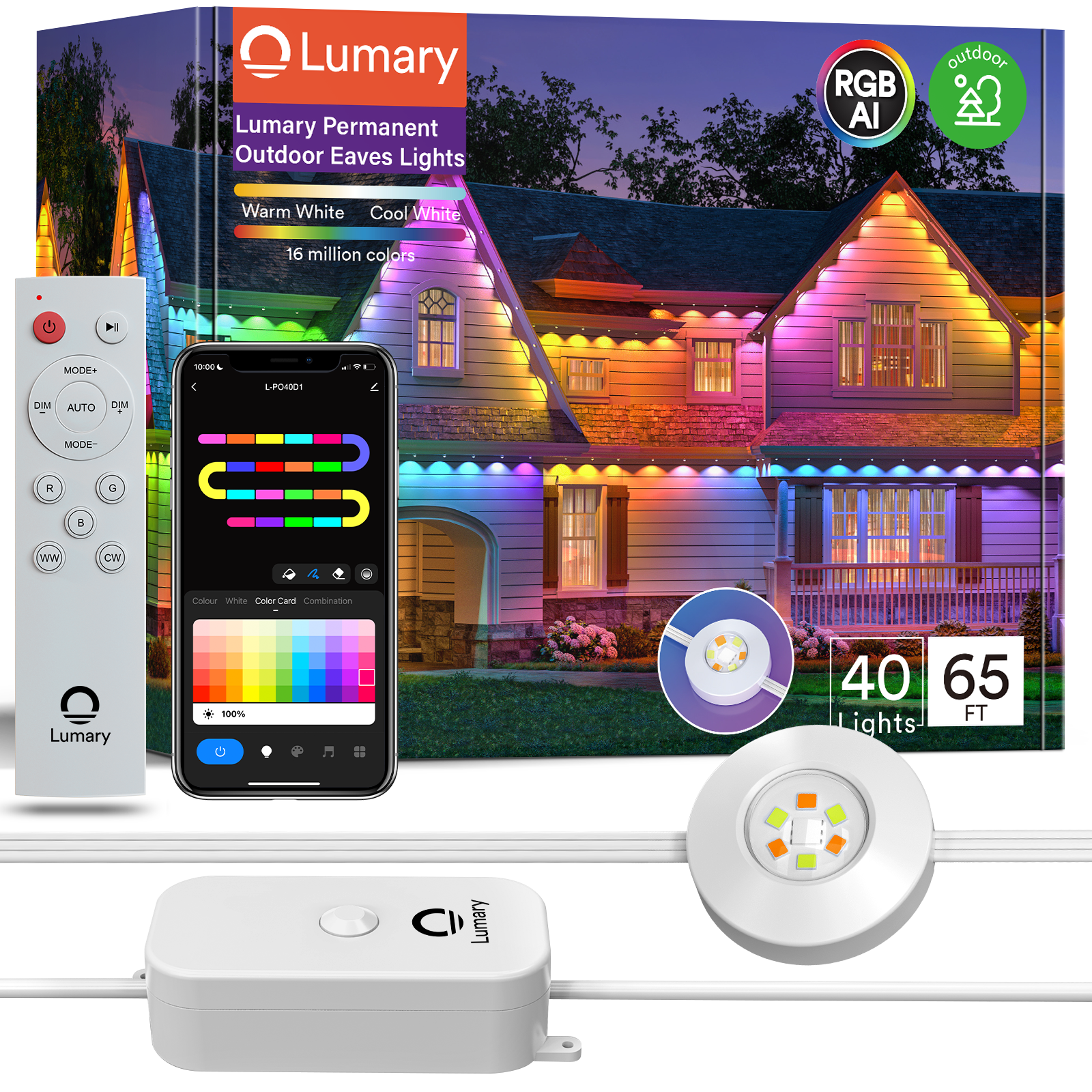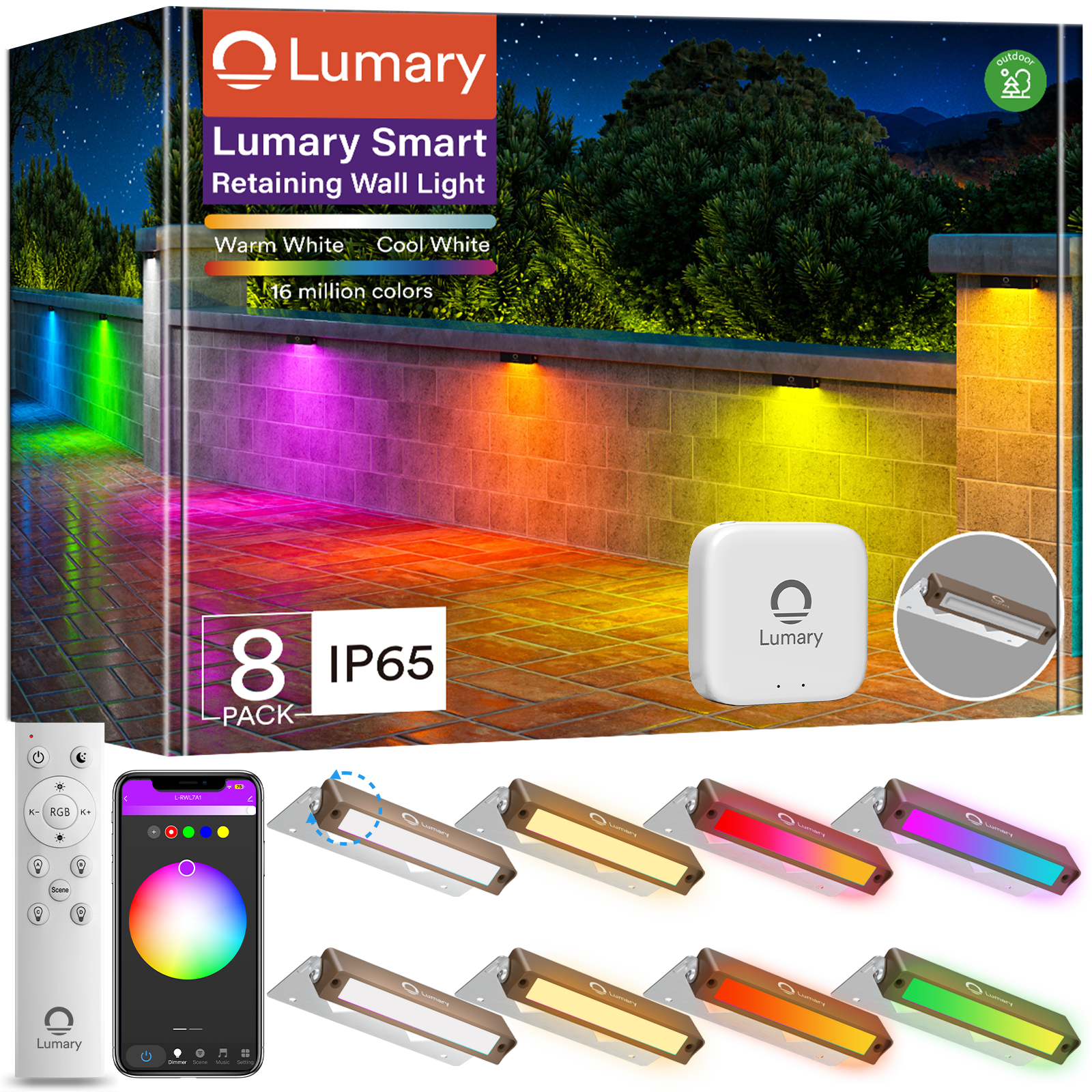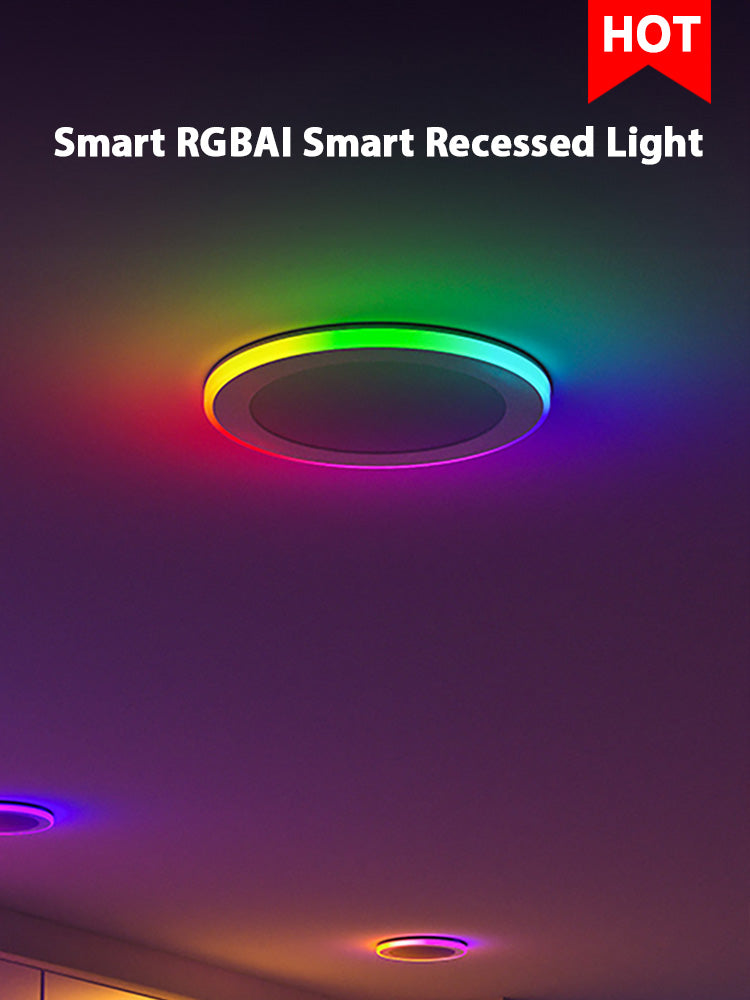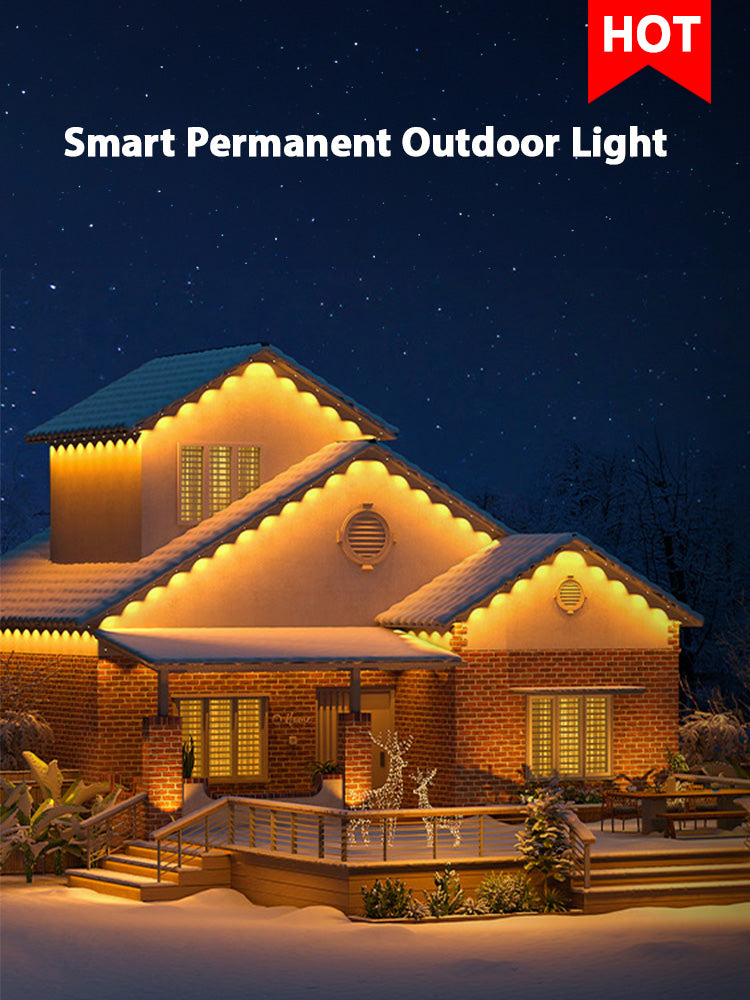Low voltage spotlights transform outdoor spaces with energy efficiency and style. These lights consume up to 90% less energy than traditional incandescent bulbs. Homeowners benefit from reduced electricity costs and enhanced landscape aesthetics. LED technology ensures long-lasting performance and minimal maintenance. Low voltage systems provide a safe and easy installation process, making them ideal for DIY enthusiasts. Illuminate pathways, gardens, and patios with vibrant lighting options. Enjoy the perfect blend of functionality and beauty in your landscape.
Preparation for Low Voltage Spotlight Installation

Gathering Materials
Required Tools
Gather essential tools for a smooth installation. A shovel helps with digging trenches for cables. Wire strippers are necessary for preparing connections. Use a screwdriver to secure fixtures and connectors. A tape measure ensures accurate placement of lights.
Necessary Equipment
Collect the necessary equipment before starting. Purchase wire connectors to join cables securely. Choose a transformer suitable for low voltage systems. Buy enough wire to cover the entire area. Consider buying 100 feet to ensure extra length.
Planning the Layout
Assessing the Area
Evaluate the outdoor space carefully. Identify key areas that need illumination. Consider pathways, gardens, and patios. Observe existing features like trees and shrubs. This helps in deciding where to place the spotlights.
Designing the Lighting Plan
Create a detailed lighting plan. Sketch a layout of the area. Mark the positions for each spotlight. Ensure even distribution of light. Plan the route for cables from the transformer to each light. This step ensures efficient use of materials and optimal lighting coverage.
Installation Process

Setting Up the Transformer
Choosing the Right Location
Place the transformer near a GFCI outlet. Ensure the location is dry and accessible. Mount the transformer on a sturdy surface. Keep it away from direct sunlight to prevent overheating.
Connecting to Power Source
Plug the transformer into the GFCI outlet. Use waterproof wire connectors for safety. Attach the main cable to the transformer. Double-check connections for security.
Laying the Cables
Measuring and Cutting
Measure the distance between each low voltage spotlight. Cut the cable to the required length. Leave extra slack for adjustments. This ensures flexibility during installation.
Securing the Cables
Lay the cables along the planned route. Bury the cables in shallow trenches. Use a shovel to cover the cables with soil. Secure the cables with stakes to prevent movement.
Installing the Low Voltage Spotlights
Positioning the Lights
Position each low voltage spotlight according to the plan. Ensure even spacing for balanced illumination. Aim the lights at key features like pathways or plants. Adjust angles for optimal coverage.
Connecting the Lights to the Cables
Attach each low voltage spotlight to the main cable. Use connectors to join the wires securely. Test each connection for stability. Ensure all lights receive power from the transformer.
Final Adjustments and Testing
Adjusting the Light Angles
Ensuring Optimal Illumination
Focus on achieving the best lighting for your outdoor space. Adjust each low voltage spotlight to highlight key features. Use a 36-degree beam angle for accent lighting on specific areas. A 60-degree beam angle works well for both accent and general illumination. Ensure that each light enhances the landscape effectively.
Avoiding Glare
Prevent glare by carefully positioning each low voltage spotlight. Aim the lights away from direct line of sight. Use the natural landscape to shield the lights if possible. This approach ensures a comfortable and visually pleasing environment.
Testing the System
Checking for Faults
Inspect each connection in the low voltage spotlight system. Look for loose wires or faulty connectors. Ensure that the transformer is securely mounted and functioning. Test each light to confirm proper operation.
Ensuring Proper Functionality
Verify that every low voltage spotlight illuminates as planned. Check the beam angles to ensure they provide the desired coverage. Adjust any misaligned lights to achieve uniform lighting. Confirm that all components work together seamlessly.
Troubleshooting and Maintenance
Common Issues
Flickering Lights
Flickering lights often indicate a loose connection or faulty wiring. Inspect each wire connection for tightness. Ensure that connectors securely join the wires. Examine the transformer for any signs of wear or damage. Replace any damaged components promptly to restore stability.
Dim Lighting
Dim lighting usually results from voltage drop or incorrect bulb placement. Check the voltage at each fixture using a multimeter. Ensure that the voltage remains consistent across all lights. Verify that each bulb is properly seated in its socket. Replace any bulbs that appear dim or malfunctioning.
Regular Maintenance Tips
Cleaning the Fixtures
Outdoor elements can cause dirt buildup on fixtures. Clean each spotlight regularly to maintain brightness. Use a soft cloth and mild detergent for cleaning. Avoid harsh chemicals that may damage the fixture's finish. Rinse thoroughly with water and dry completely before reinstallation.
Checking the Connections
Regularly inspect all wire connections for corrosion or wear. Tighten any loose connections to prevent power loss. Use waterproof connectors to protect against moisture. Ensure that the transformer remains securely mounted. Periodic checks help ensure long-term functionality and safety.
You have completed the installation of low voltage spotlights. The process involved careful planning and execution. Now, your landscape boasts enhanced beauty and functionality. Enjoy the dramatic effect of illuminated pathways and highlighted features. Low voltage lighting offers an affordable and impactful way to transform outdoor spaces.
Consider exploring additional resources for further improvements. Professional assistance remains available if needed. Embrace the newfound ambiance and security that these lights provide. Your home now stands out beautifully after dark.

